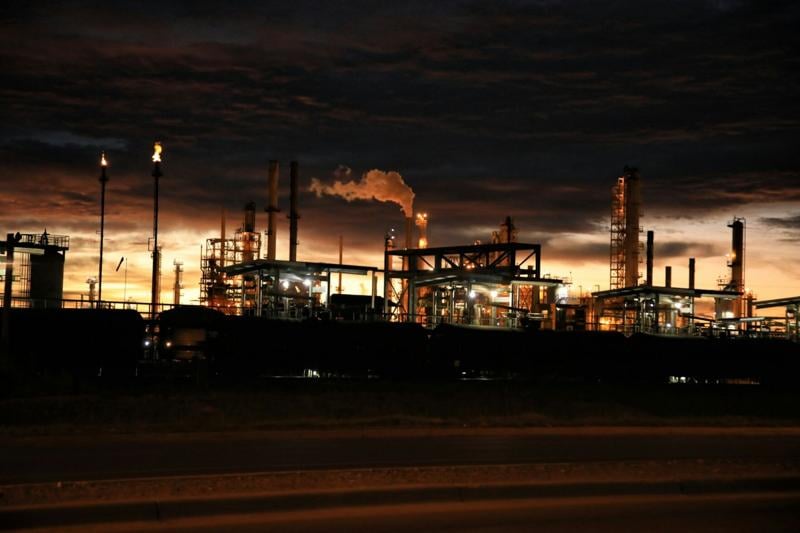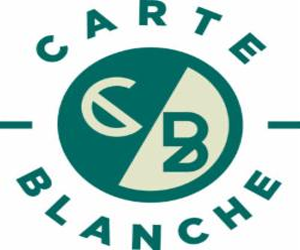(The Center Square) – California gas prices have risen “an average of $0.38 per gallon since the event and may increase further” since a Feb. 1 fire shut down the Martinez refinery that produces 10% of the state’s gasoline capacity, according to a new letter from the state’s Division of Petroleum Market Oversight.
The letter also noted the California Division of Occupational Safety and Health did not lift an order to “preserve the incident site” until Feb. 13, before which damage assessment, let alone repairs, could not begin.
The Martinez refinery operator says it has no estimate for how long the refinery will be shut down for repairs, which could impact gas prices across California — which AAA says average $4.85 per gallon — and in the parts of Arizona and Nevada that rely on California for fuel.
In Nevada’s Washoe County, which borders California, gas prices are $4.26 per gallon, while the statewide average is $3.88. In Arizona’s Maricopa County, which is required to use California’s anti-smog gas, gas prices are $3.65 per gallon, while the statewide average is $3.42.
DPMO says it will “encourage Californians to shop around for less expensive gasoline, especially generic or ‘unbranded’ gasoline” as a cost-saving measure, and that it is watching refiners’ actions during this outage as it formulates its new regulations and restrictions for refineries.
“As CEC pursues rules pursuant to ABX2-1 governing resupply requirements and minimum inventory requirements, and as DPMO provides advice and recommendations on those rules, market participants have an opportunity to show good faith and demonstrate their commitment to serving California consumers while earning a fair profit,” DMPO said.
Auto Club of Southern California spokesperson Doug Shupe told The Center Square that prices generally do tend to rise this time of year.
“This is the time of year where we see prices move higher because of planned maintenance at the refineries as well as the switch over to the summer blend fuel that takes place in March and April,” Shupe said Wednesday.
Shupe also said prices are not rising as high after the unplanned shutdown as they normally would have — which could suggest refiners may be opting to limit supply-related price increases to pre-empt further regulation.
“Fortunately, we’re not seeing as great of increases as we’ve seen recently, so they are not going up as high as they were,” Shupe added.
The governors of Nevada and Arizona sent a bipartisan letter warning California’s legislators and governor about adopting the ABX2-1 refinery regulations, saying the rules on minimum inventory requirements would reduce the supply and availability of fuel, and increase prices.
“It is evident that increased regulatory burdens on refiners and forced supply shortages will result in higher costs for consumers in all of our states,” wrote Arizona Gov. Katie Hobbs and Nevada Gov. Joe Lombardo in their letter to California Gov. Gavin Newsom. “With both of our states reliant on California pipelines for significant amounts of our fuel, these looming cost increases and supply shortages are of tremendous concern to Arizona and Nevada.”
Chevron also said building the storage tanks would take 10 years and cost $35 million each, a cost that will be passed on to consumers — which ultimately would also impact Arizonans and Nevadans.
Newsom signed the bill into law in October 2024. As mentioned by the DPMO, the regulatory process to decide on the final rules is still under way.







